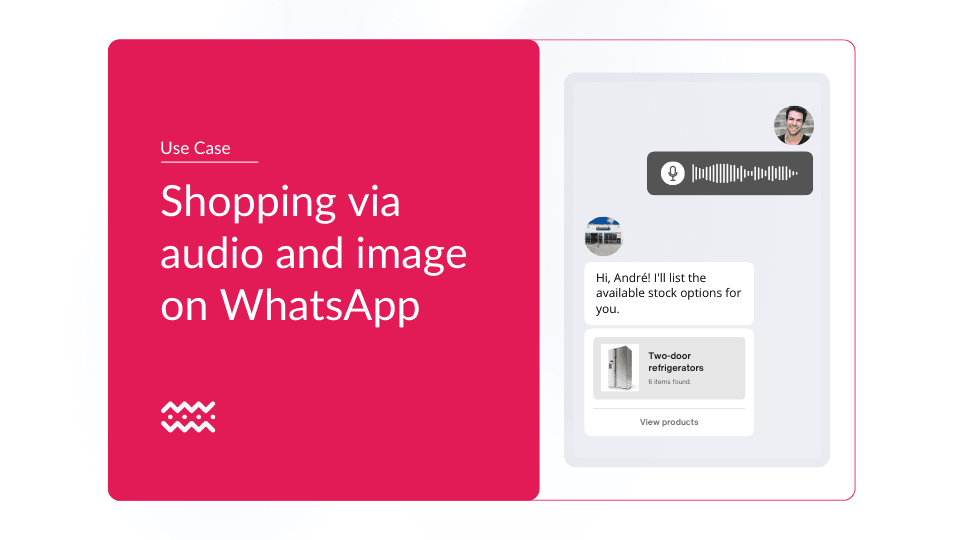Email marketing is a very common digital marketing strategy among small and large businesses. The practice is famous for its ability to convert a simple reader into a business customer.
All business segments can benefit, including NGOs and third sector institutions. Although they do not seek sales, they need supporters and ventures to help finance certain services.
So if you have a non-profit institution, and are thinking of investing in this tool, understand what are the best practices of email marketing and more!
How important is e-mail marketing for the third sector?
Email marketing is important because it is a super powerful tool to convert readers into leads. When used by NGOs, it differs from private companies since the intention is not to sell a service or product, but to bring the user closer to the cause supported by the institution.
Conventional means such as word of mouth, distribution of pamphlets, or requests for help on social networks bring little return. An alternative is to modernize the communication with users through e-mails.
Generate donations and funds
With e-mail marketing for NGOs it is possible to get new donations and even funds for the institution. For this, it is important to know how to nurture potential donors with a truthful and explanatory communication, perhaps a cadence informing, charming, and convincing.
Engage potential partners
Email marketing can engage potential partners if built with a good narrative about the NGO. When well executed, this strategy can bring more investments and even assiduous donors.
DID YOU KNOW? | CHATBOTS CAN FIDELIZE DONATIONS TO NGOS
What are the best email marketing practices for NGOs?
It is very common to see digital marketing experts explain about email marketing best practices. However, all of these strategies are geared toward for-profit companies looking to convert to make money.
In the case of non-profit institutions, the construction of email marketing is totally different. Understand what you need to do before sending it to your readers:
1. Review your contact list
Engaged users are those who identify with the business or product – in the case of NGOs, with the supported cause. Having an old contact list, which may be at odds with the institution’s persona, is a big mistake.
This is because every company needs to have its persona well defined. When the old user no longer matches this profile, he needs to be discarded and make room for someone else.
Therefore, before you start sending e-mail marketing, review your contact list. If the amount is too small after the discard, think about sending free e-books for download or other rich materials that ask for the user’s digital address, so you will get more contacts for your lead base.
2. Use copywriting strategies
Copywriting is a persuasive writing strategy that is widely used these days. People often think it is a technique used solely to increase sales, but it can also help engage the user in social causes.
For this, you need to start studying about mental triggers. The urgency trigger, for example, can stimulate the reader to make a quick decision. It is very common when selling products that are running out of stock, but it can also be adapted to other situations.
In the body of the e-mail marketing it is interesting to use these mental triggers together with what is informed to the reader. But be careful not to get too “markety” and focus too much on “selling” your cause, as private companies do with their products.
3. Invest in attractive securities
Speaking of copywriting, the title optimized with mental triggers deserves even more emphasis. This is because a well-defined and attractive subject can increase the users’ click-through rate.
Consequently, the higher the number of clicks, the better the conversion of that lead can be.
It is important to emphasize again that the title of the email marketing should not be exaggerated, since this is a non-profit institution. We leave the tip to use these triggers in a more subtle way, without scaring the reader
4. Apply remarketing
If the first batch of e-mails did not work out, that’s okay! Not always this mailing has the result we expect, no matter how detailed and well worked out the planning was.
The main key to success in e-mail marketing to NGOs is to test. Therefore, remarketing by sending other subjects, with different layouts or more elaborate messages, may be the solution.
A tip to understand the negative result is to see the points in common between these e-mails. Thus, it is possible to discard what appears more frequently and test other interesting strategies.
This is exactly the process: test and see what works. Remarketing can change all the other points we mentioned, such as the contact list and copywriting strategies.
The ultimate goal will always be to validate the social cause and maintain a good relationship with donors and potential partners.
Did you like the article? To learn more about how to use technology in favor of NGOs, continue on WENI’s Blog!


